
Key Takeways
- Brand reputation management is vital for businesses looking to build trust, loyalty, and long-term success.
- Real-time monitoring tools and social listening are essential for understanding public perception and responding to feedback.
- Digital asset management (DAM) tools like BrandLife make reputation management scalable by centralizing brand assets, enforcing guidelines, and enabling efficient collaboration.
- Proactive crisis response and continuous improvement are key to maintaining a positive brand image.
In a digital-first world where customers research, review, and share experiences instantly, your brand’s reputation can either become its strongest asset or its biggest liability.
From social media conversations to product reviews and viral campaigns, every interaction shapes how audiences perceive your brand. That’s why brand reputation management is no longer optional—it’s essential.
This guide explores what brand reputation management is, why it matters, and how businesses can implement effective strategies. We’ll also look at real-life examples and brand asset management (BAM) tools like BrandLife, which helps organizations protect, strengthen, and scale their brand presence.
What Is Brand Reputation Management?
Reputation isn’t built overnight. It’s the result of consistent, authentic brand experiences. Whether you’re managing a personal brand or a large corporation, reputation management is a crucial aspect of long-term business success.
A key part of this is recognizing how perception is influenced in both digital and real-world contexts.
Online vs. offline brand reputation
Digital channels often set the pace of brand perception, but offline actions remain just as powerful. Take Starbucks, for example. In 2018, after two Black men were unjustly arrested at one of its Philadelphia stores, the company closed more than 8,000 U.S. locations for a day of racial bias training.

At the same time, Starbucks continues to reinforce its values online by sharing social responsibility initiatives across platforms like Instagram and Twitter. Together, these actions demonstrate how in-person experiences and online storytelling work hand in hand to shape lasting credibility.
Who’s responsible for managing your brand image?
Reputation management is not just a marketing function—it involves customer experience, leadership, public relations, and frontline staff. Every employee interaction contributes to your brand image.
With brand asset management (BAM) platforms such as BrandLife, companies can ensure that all teams use approved brand assets consistently, reinforcing a unified image.
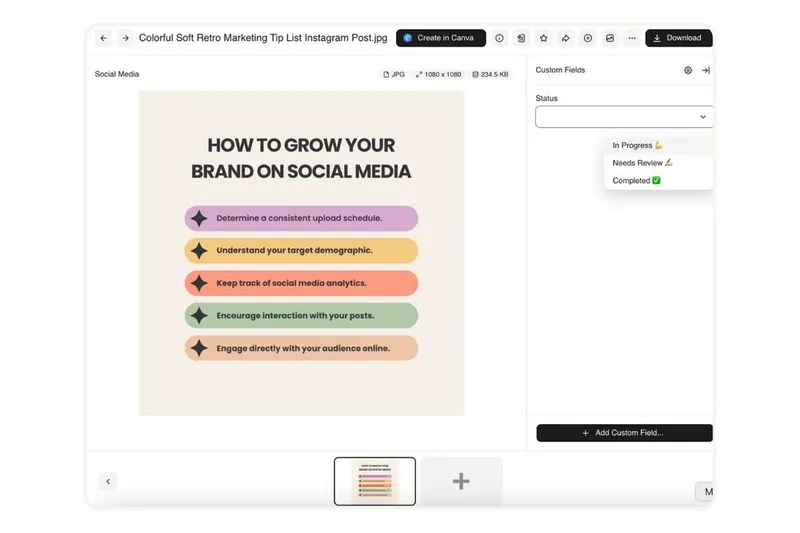
Why Brand Reputation Management Matters
A strong reputation is a strategic cornerstone. How your brand is perceived directly influences customer loyalty, growth, and resilience.
Here’s how:
The cost of a negative reputation
Reputation and revenue go hand in hand. A negative reputation can result in lost customers, decreased sales, and damage to stakeholder relationships.
ReviewTrackers data reveals that 94% of consumers are less likely to buy from a business with negative online reviews.
Negative feedback doesn’t stay confined to a single customer’s opinion. It spreads quickly, shaping how wider audiences view your brand and influencing buying decisions long after the original complaint.
The benefits of a strong, consistent brand presence
Trust fuels loyalty, and loyalty fuels growth. According to the 2025 Referral Marketing Report from Impact.com, nine in ten consumers say they rely on recommendations and reviews to guide their purchasing decisions.
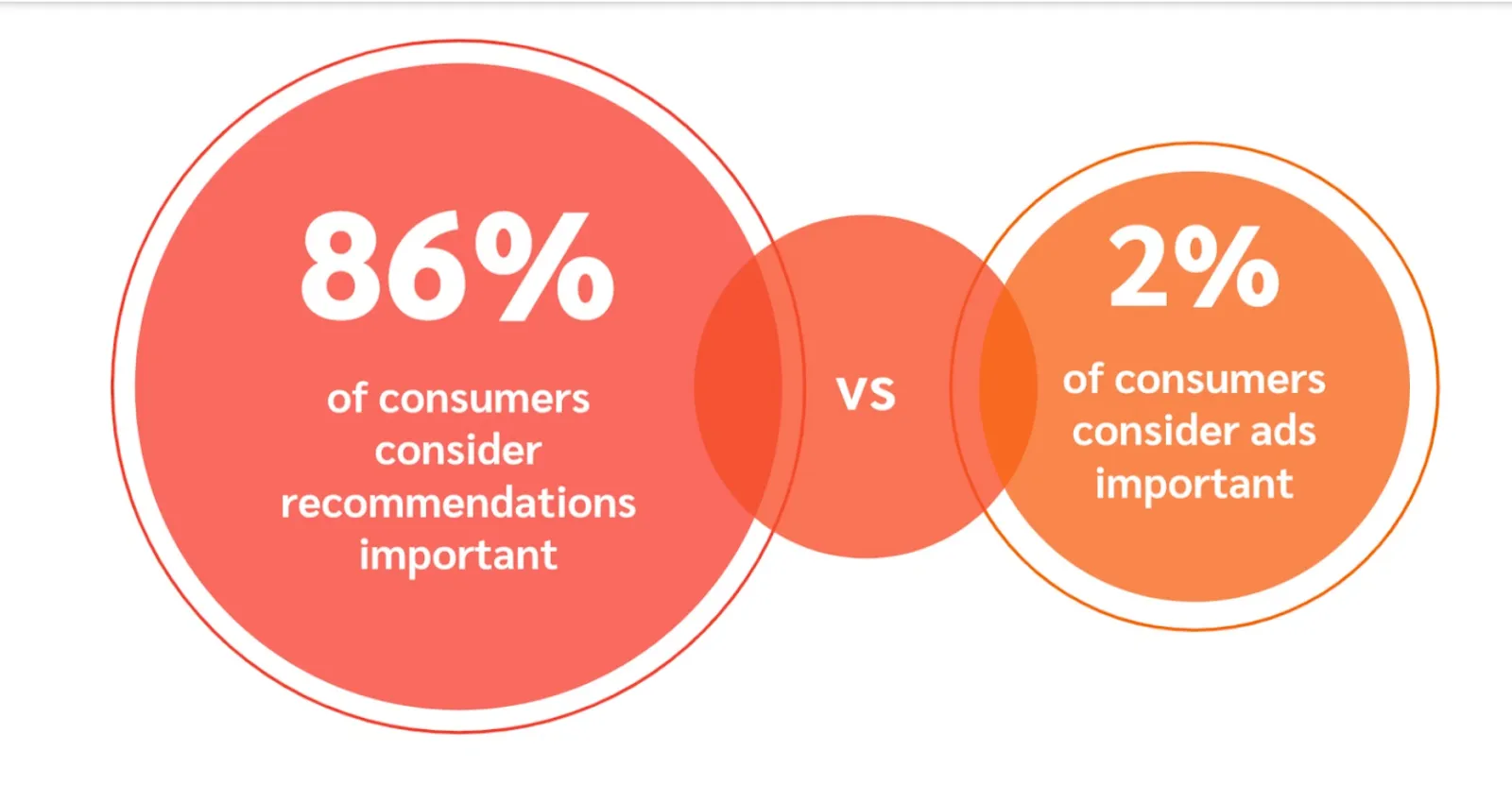
That’s why consistently delivering authentic experiences and making them easy to share is vital.
Brand trust as a competitive advantage
In crowded markets, values win. Patagonia, for example, regained the #1 spot in the 2023 Axios Harris Poll 100 brand reputation rankings, partly because of its ongoing environmental commitments and messaging that resonates across political lines.
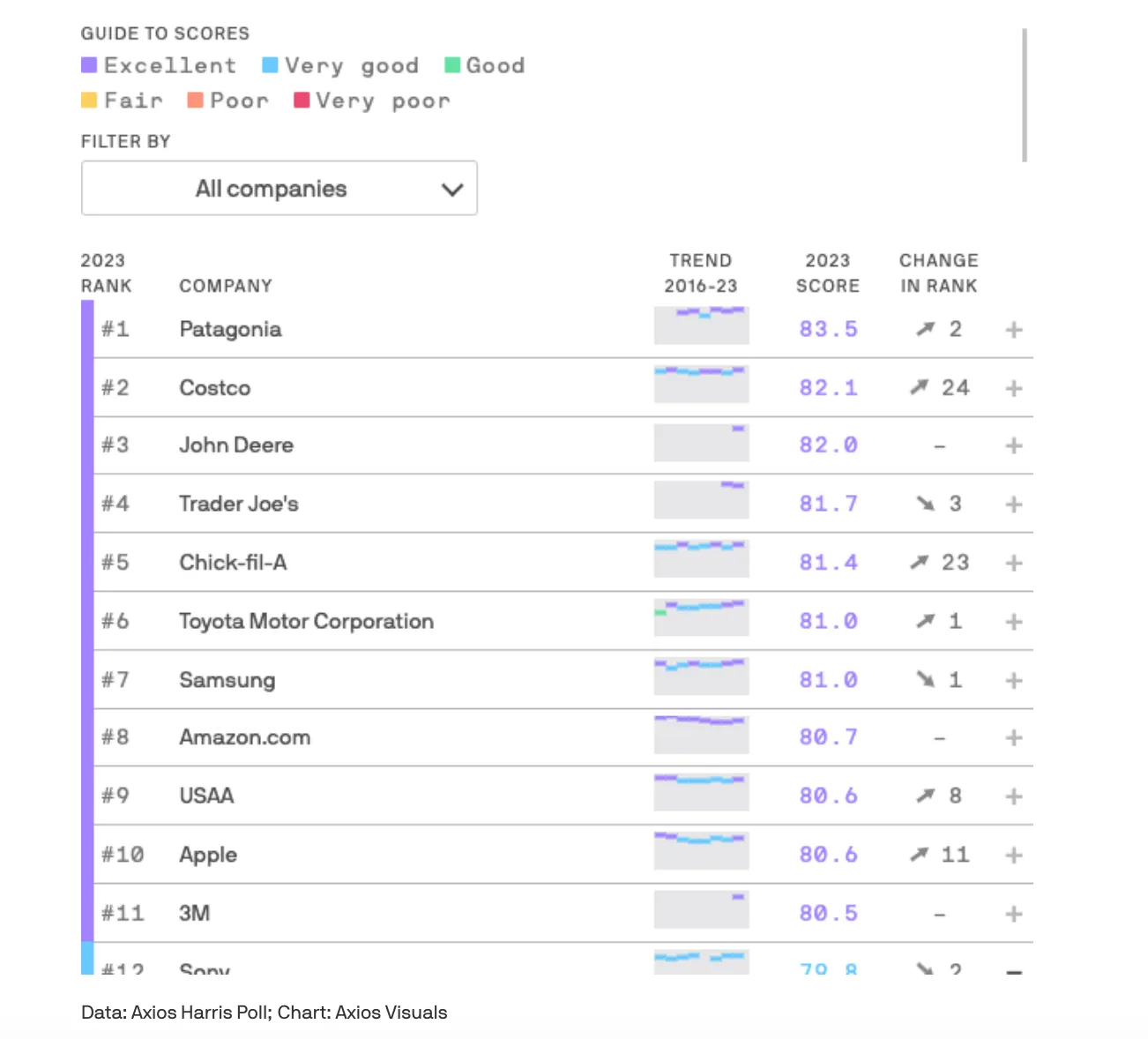
By consistently acting on its environmental values, through sustainable practices, activism, and transparent communication, Patagonia has earned consumer trust that cushions the brand against controversies, market fluctuations, or negative publicity.
The 3 Pillars of Brand Reputation Management
In an era where every customer interaction is visible online, a brand’s reputation can make or break its success. Here are the three pillars that provide a framework for brands to protect and grow their credibility, whether on social media, review platforms, or through competitor benchmarking.
1. Listening to brand perception
The first step in managing your brand’s reputation is listening. Social listening tools and feedback surveys help uncover what's working and where improvement is needed.
For instance, Delta Airlines actively responds to X (formerly Twitter) complaints within an hour, reinforcing customer care.
2. Tracking competitors and benchmarks
Reputation is relative. Comparing brand sentiment against competitors highlights opportunities and informs strategic decisions.
WeWork, a major player in commercial real estate, monitored competitor messaging and market trends during its rebranding to reposition itself as a mature, reliable real estate company rather than a quirky coworking brand.
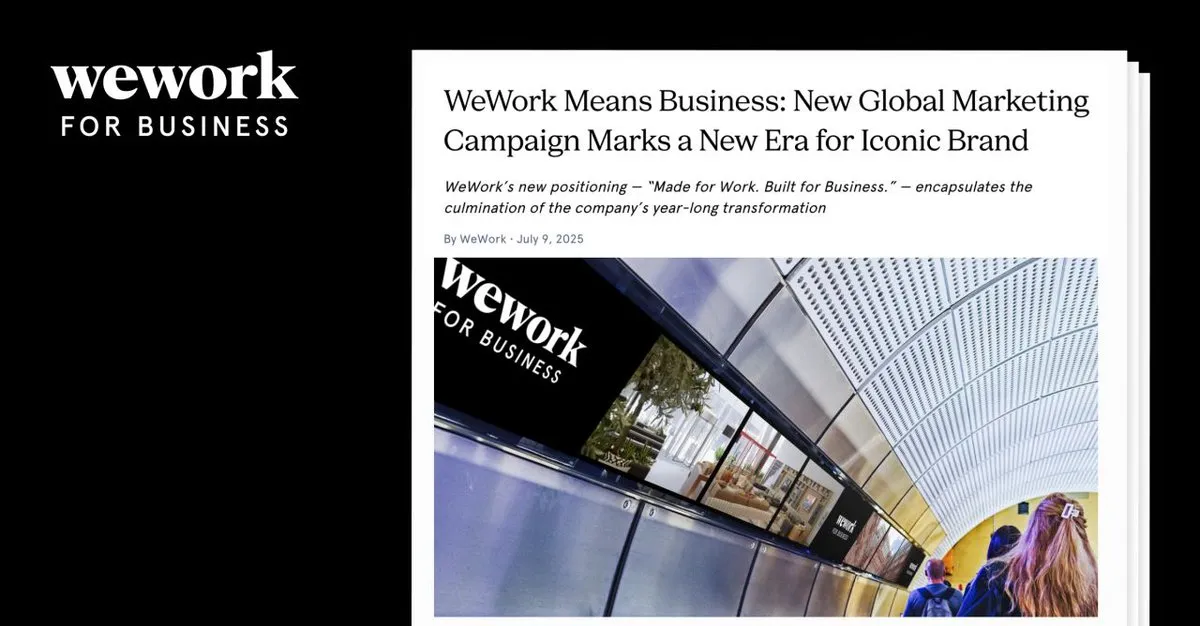
This allowed WeWork to tailor its messaging to resonate with its target audience and strengthen its competitive edge.
3. Monitoring and managing reviews

Reviews on platforms like Google, G2, Trustpilot, or Yelp heavily influence purchase decisions. Research shows that 93% of consumers read online reviews before buying. Furthermore, proactive engagement, such as thanking customers for positive reviews and addressing negative ones, strengthens credibility.
Platforms like BrandLife make this process easier by centralizing brand assets and review-driven content in one place. Marketing and creative teams can quickly respond to customer feedback with on-brand messaging and keep a pulse on how customers are talking about the brand across multiple channels.
How to build a brand reputation management strategy (5 key steps)
Building a structured reputation management strategy helps you anticipate challenges, reinforce trust, and maintain consistency across all touchpoints. Here’s a step-by-step guide on how to do it right:
Step 1: Audit your current brand perception
The first step to managing your reputation is to understand how your brand is currently perceived. Conduct an audit by gathering both internal and external feedback.
This can include customer surveys, social media sentiment analysis, and internal team insights.

BrandLife helps streamline this by centralizing feedback across teams, making it easy to assess brand perception from multiple sources.
Step 2: Involve internal stakeholders (marketing, CX, PR)
Brand reputation management is not a one-person job. Involve key stakeholders from marketing, customer experience (CX), and public relations (PR) to ensure that everyone is aligned on the messaging and approach.
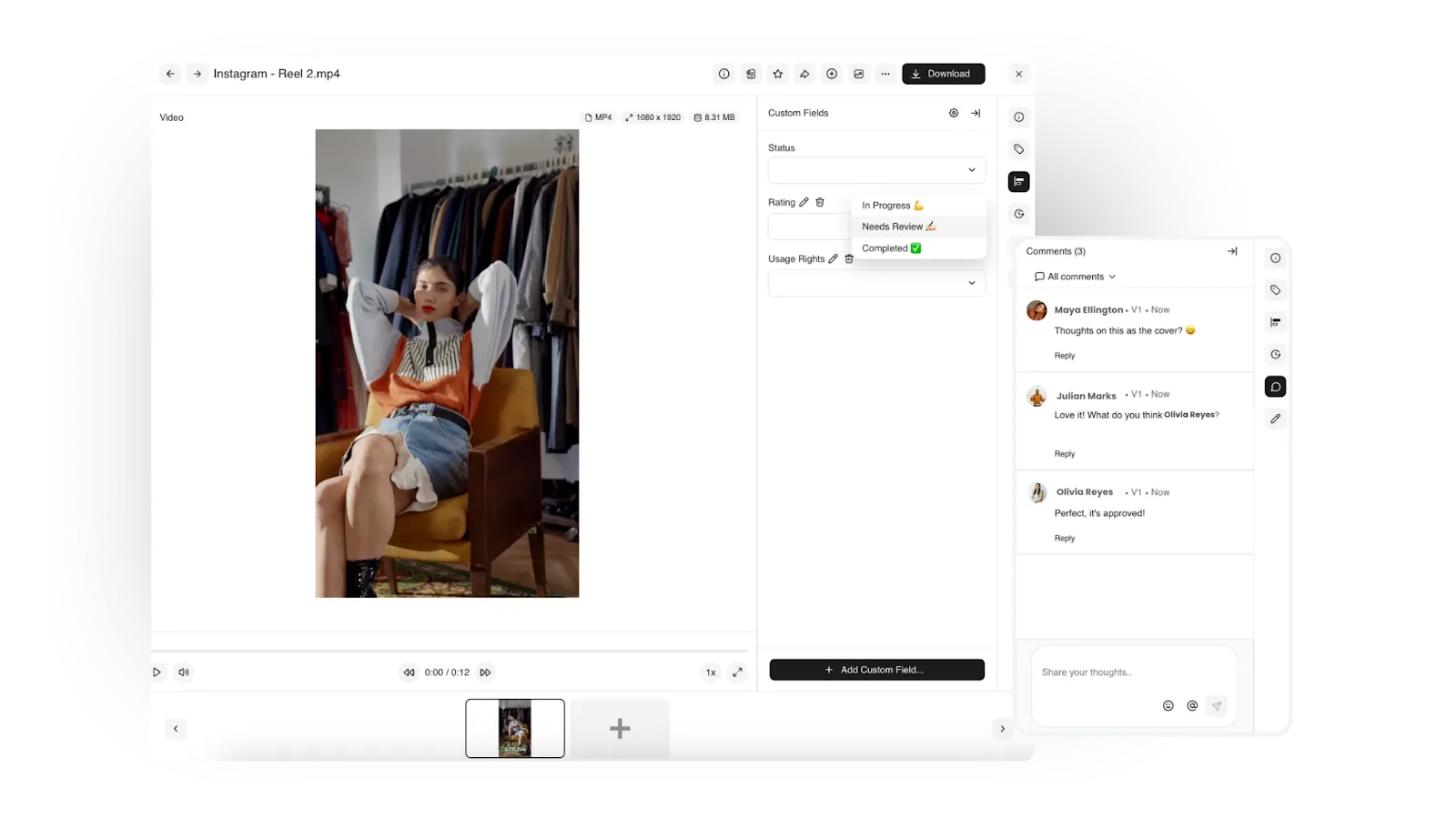
BrandLife enables seamless collaboration with its real-time commenting and approval workflows, ensuring all teams are on the same page when it comes to brand communications.
Step 3: Set up real-time brand monitoring tools
Leverage social listening platforms, review trackers, and media monitoring tools to stay alert to conversations about your brand.
Tools like Brandwatch or Mention can track sentiment, mentions, and trends across channels in real time by scanning millions of online conversations across social media, news sites, forums, and blogs. They apply AI to detect tone and relevance.
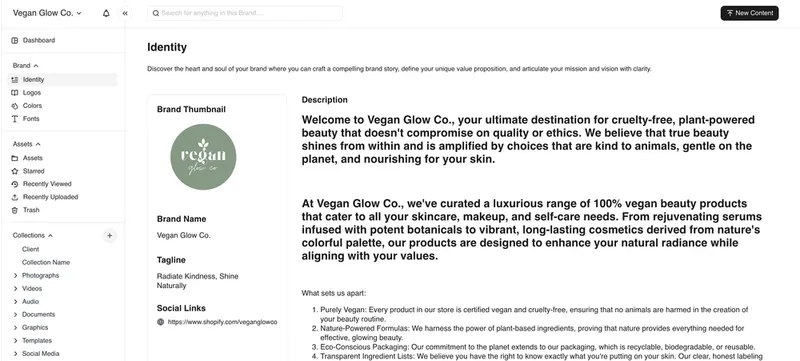
BrandLife complements these efforts by keeping creative assets consistent across campaigns, ensuring that your visual messaging supports the narrative your monitoring tools reveal.
Step 4: Create a proactive crisis response plan

Crises are inevitable. Brands that prepare clear communication protocols, escalation guidelines, and spokesperson roles recover faster.
Johnson & Johnson’s swift recall during the Tylenol crisis remains a classic example of effective response.
Step 5: Use insights to continuously improve messaging and assets
Reputation management isn’t static. Use feedback and monitoring data to refine brand messaging, campaigns, and creative assets.

Centralized digital asset management platforms like BrandLife streamline this iterative process, allowing teams to update assets in real time and maintain brand alignment across all channels.
Best Practices for Managing Your Brand Reputation
Customers today expect transparency, consistency, and proof. Here are some actionable strategies to uphold credibility and enhance your brand efforts.
Be responsive and transparent
Consumers value honesty, even when things go wrong. KFC's famous “FCK” apology ad in the UK is a standout example: by rearranging its name in a bold, humorous way and addressing the supply issue head-on, KFC turned a crisis into a trust-building moment.
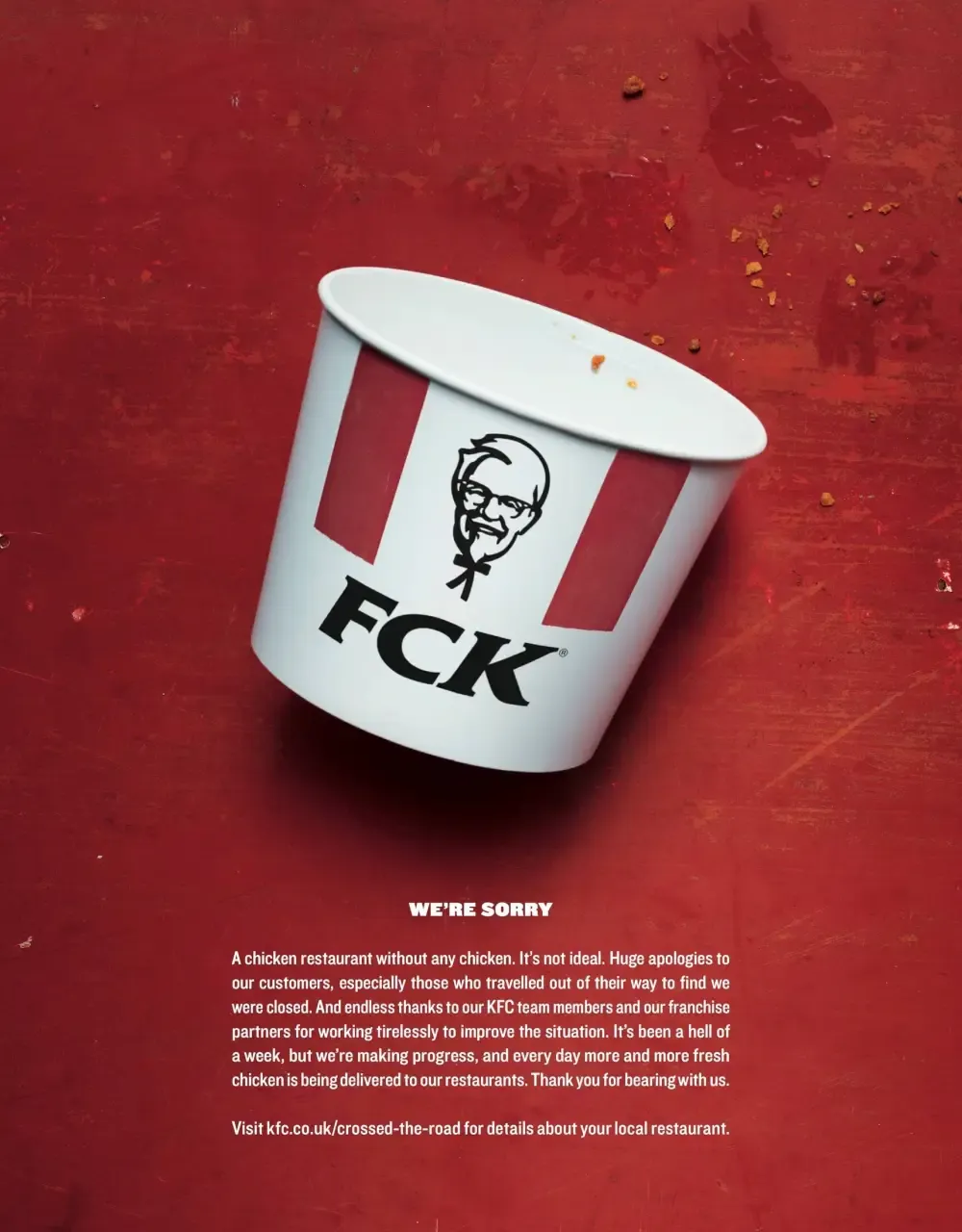
Keep pre-approved apology templates and visuals in BrandLife. This ensures quick, brave, and brand-aligned responses during a crisis, letting you own the narrative before commentators do.
Align your public messaging with your internal culture
Your external promise must reflect internal reality. Disney lives this principle through its Disney Traditions orientation program, where new employees are immersed in the company’s culture and legacy on their very first day.
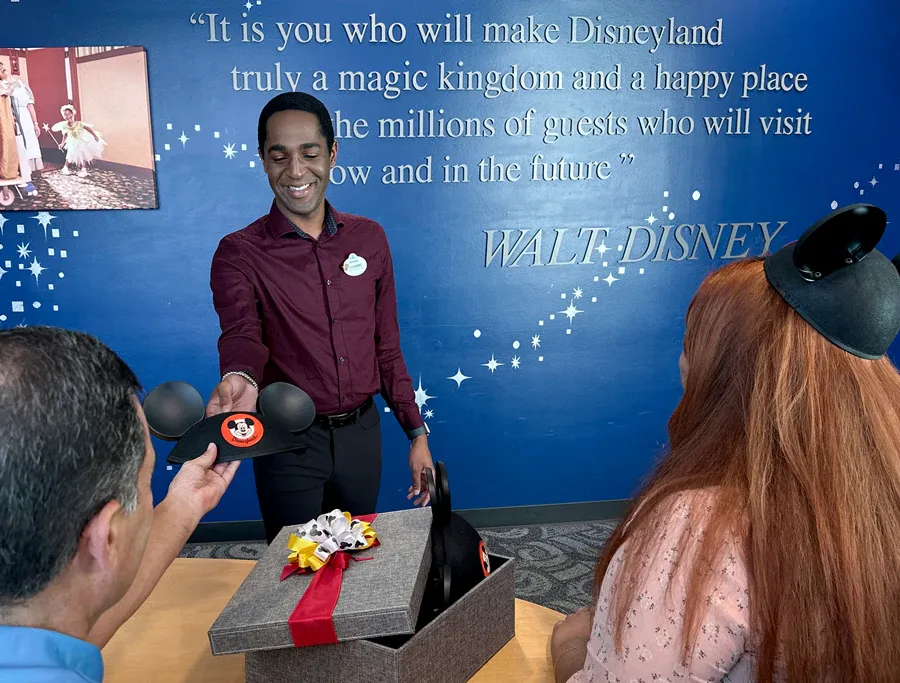
They learn not just about policies, but about how every action contributes to delivering the Disney guest experience.
Invest in creative control with brand-approved assets
Consistency builds trust. BrandLife enables marketing teams to manage and distribute brand-approved templates, logos, and campaign content centrally—reducing the risk of off-brand messaging or visual missteps.

You can create a shared BrandLife hub for all stakeholders and pair campaign briefs with approved visuals for cohesive brand experiences.
Leverage social proof to strengthen brand trust
Customer testimonials, case studies, and user-generated content are powerful tools for enhancing your brand’s reputation. In 2025, 49% of consumers trust online reviews as much as personal recommendations.
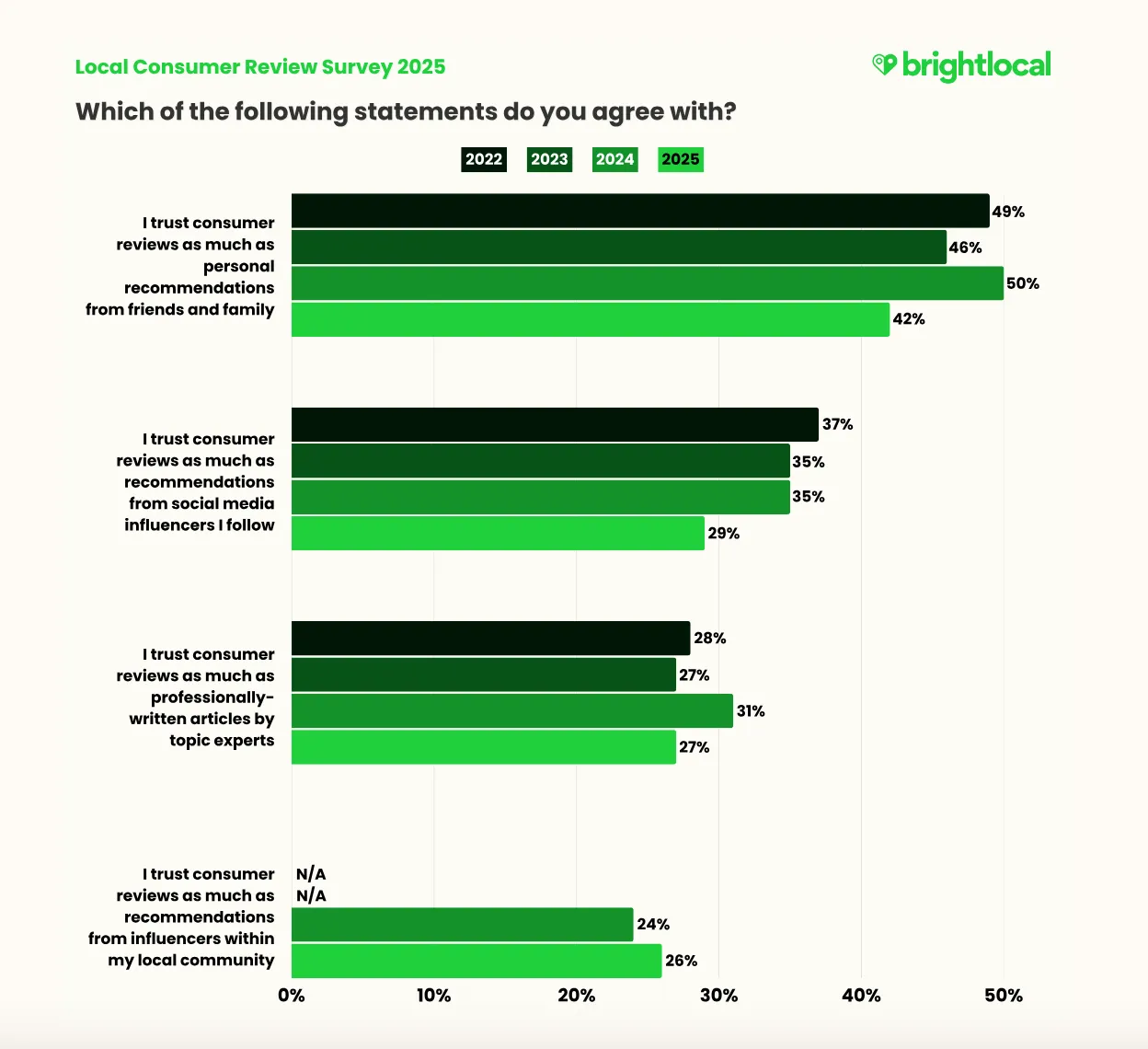
By leveraging social proof, you can build credibility and show potential customers that others trust and value your brand.
Showcase authentic testimonials or case studies in branded formats stored in BrandLife, making it easy for teams to uplift real feedback across marketing channels.
Monitor brand consistency across teams and channels
Inconsistencies dilute brand equity. Using a proper digital asset management system ensures every channel, from emails to social media, reflects the same identity.

Enforce a single source of truth in BrandLife, where all creative assets, campaign visuals, and messaging guidelines are readily accessible to teams—eliminating misalignment.
Tools and Services to Support Brand Reputation
Managing brand reputation requires the right set of tools to monitor, respond, and stay consistent. Each tool type plays a different role, from listening to conversations to ensuring brand control during a crisis.
Here’s how they work and why they matter:
Brand monitoring and social listening tools
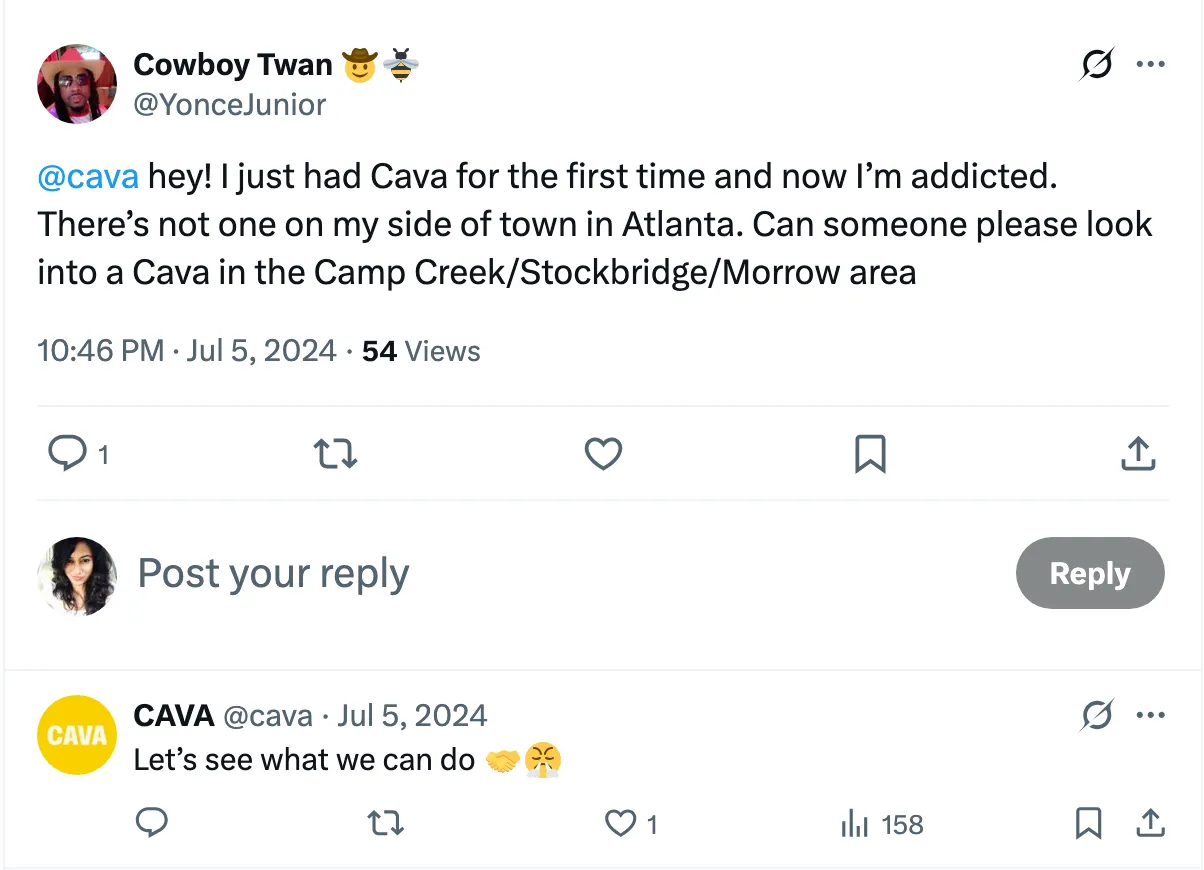
Platforms like Brandwatch and Sprout Social scan millions of conversations across social media, news sites, blogs, and forums. By applying AI-driven sentiment analysis, they reveal how people feel about your brand in real time.
Why it matters: Staying aware of audience sentiment helps brands address issues quickly, identify opportunities, and adapt messaging before small problems escalate.
Review management platforms
Solutions such as Trustpilot, Yotpo, and Podium centralize reviews from multiple platforms (Google, Yelp, G2, etc.) and make it easier for teams to respond from a single dashboard.
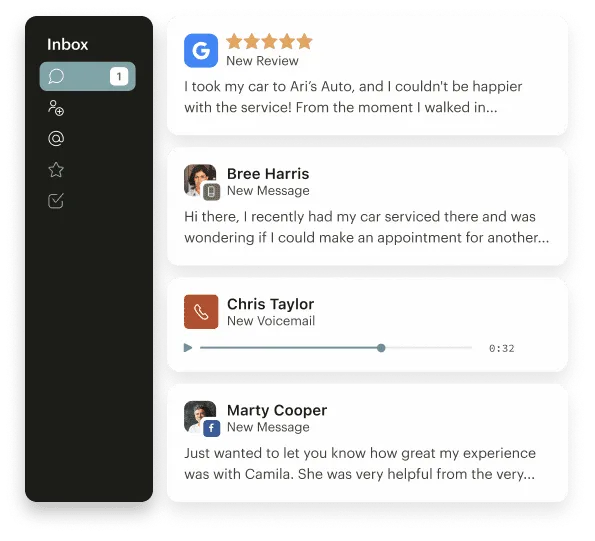
Why it matters: Reviews heavily influence buying decisions. Streamlining engagement ensures timely responses, builds trust, and highlights social proof that strengthens credibility.
Brand management platforms like BrandLife
BrandLife allows organizations to centralize creative assets, templates, and guidelines while controlling access across teams and departments. This ensures that every customer-facing message, whether in ads, emails, or responses to reviews, stays consistent and on-brand.
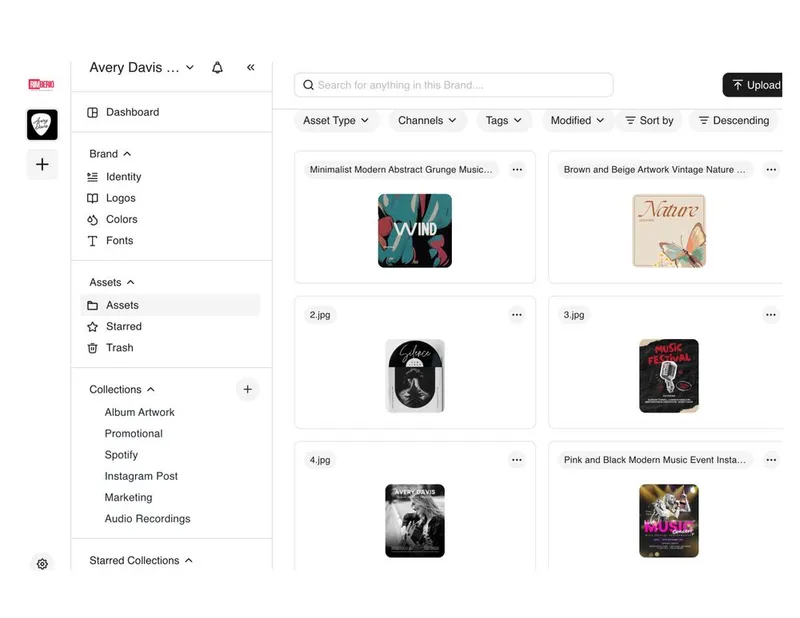
Why it matters: Inconsistent branding confuses audiences and undermines credibility. A centralized hub protects brand integrity and strengthens reputation over the long term.
Crisis response and PR tools
Platforms like Meltwater and Cision combine media monitoring with PR workflow tools. They track how stories about your brand spread across outlets, alert teams to emerging risks, and help coordinate timely press releases or statements.
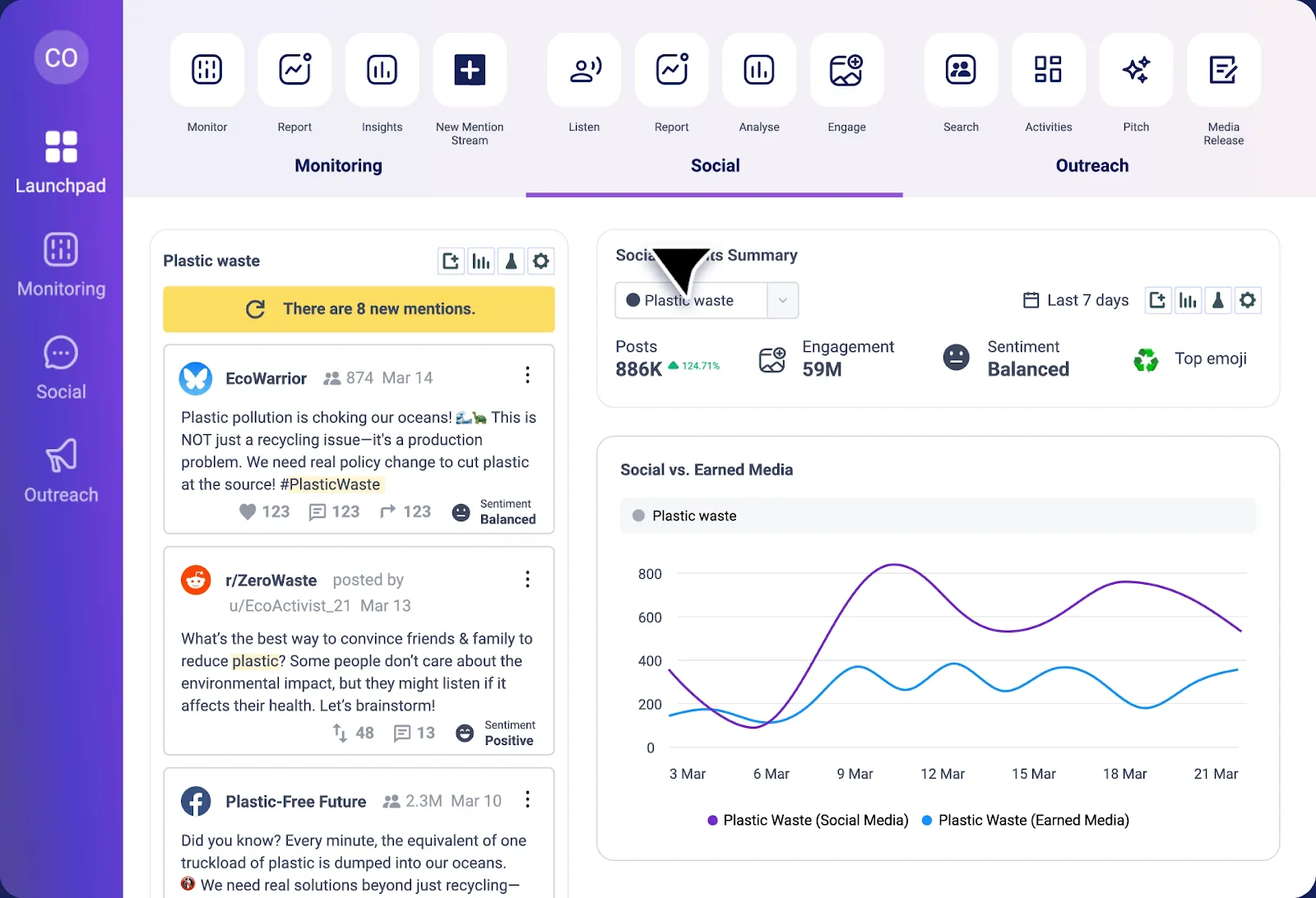
Why it matters: In moments of crisis, speed and clarity are everything. These tools ensure brands can detect issues early, control the narrative, and recover trust faster.
Building Reputation Through Alignment And Consistency
Managing brand reputation isn’t the job of a single department. It’s a company-wide effort.
Marketing, customer service, leadership, and every frontline employee play a role in shaping how your brand is perceived. Even one poor customer interaction can undo the impact of an entire campaign, which is why alignment and consistency are essential.
One way organizations achieve this is by giving teams controlled access to approved assets. With BrandLife, brand guidelines, templates, and visuals are stored in a centralized hub, making it easier for everyone—from designers to social media managers—to stay on-brand.
This helps reduce the risk of inconsistent communication while allowing creative teams to move faster and collaborate effectively.
Education also plays a key role. Training staff on brand voice, tone, and design standards ensures that the way your brand is represented externally matches your values internally. Combined with tools that support creative control, this alignment builds credibility and strengthens trust over time.
BrandLife supports this journey by helping brands:
- Centralize their visual identity in one accessible hub

Instead of scattered files across drives and inboxes, all brand assets, such as logos, templates, videos, and guidelines, live in one organized space. This ensures teams can quickly find what they need and reduces the risk of outdated or off-brand materials slipping through.
- Stay in control of creative output across teams and platforms

With permission settings and brand-approved templates, you can guide how assets are used without slowing down creative workflows. This balance of flexibility and control means campaigns remain consistent, whether managed by in-house teams or external partners.
- Collaborate more efficiently without sacrificing brand consistency

Shared access allows marketing, design, and regional teams to work together in real time, streamlining approvals and reducing duplication. By standardizing assets, BrandLife enables faster execution while protecting the integrity of your brand identity.
You can start exploring how BrandLife fits into your reputation management strategy with a 14-day free trial, or subscribe to the free plan for up to one user and three brands.
Frequently Asked Questions
Brand reputation management is the practice of shaping how customers, employees, and stakeholders perceive your brand. It’s important because trust and credibility directly influence loyalty, sales, and long-term growth.
Consistency comes from aligning messaging, visuals, and customer experience across every channel. Best practices include using brand guidelines, training staff on tone and design standards, and centralizing assets so teams can easily access approved materials.
BrandLife makes it easier for organizations to stay consistent by storing all brand assets, templates, and guidelines in one platform. This ensures teams—whether internal or external—work with approved materials, reducing off-brand content and strengthening reputation through consistent, trustworthy communication.






